A guide to using HMDs with XVR
XVR Simulation supports all the major Head Mounted Displays (HMD) that are currently in the market. But which HMD should you choose for your training effort? It all depends on your preferences, goals and, of course, budget. We’re hoping to offer you a little insight in the world of HMD with this guide.
Oculus GO
The Oculus Go is a budget headset that uses hardware comparable to a mobile phone. This makes it perfect to use in combination with the XVR 360 viewer. It is an easy-to-use tool which offers a portable way to experience scenarios in the On Scene World, accessible even from the comforts of your own couch.
After 360 scenarios have been created and uploaded, a student simply accesses the scenario through their browser with the Oculus Go. The student can interact with the scenario without a need for controllers or location sensors, and is guided through the learning points. No computer or other hardware is needed to view the 360 scenarios with the Oculus Go.
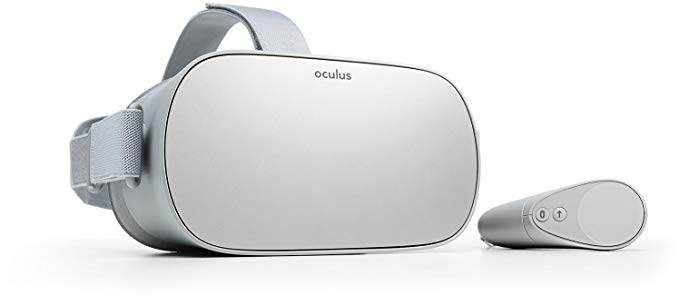
It is not possible to run full XVR On Scene scenarios with the Oculus Go. Only specifically designed and exported scenarios for the 360 viewer can be accessed as the hardware is not powerful enough to run an complex program as XVR On Scene. You also require a good internet connection as you will need to access the scenarios in an online database. 360 demo scenarios are available upon request.

Oculus Rift S
The successor of the Oculus Rift is the Oculus Rift S. The Rift S is a great starting point for training your students in XVR On Scene with HMDs. A new feature of the Rift S is the lack of separate location trackers. With the Rift S, the location trackers are integrated in the HMD. Since you don’t need to install separate location trackers, this makes your training set-up far easier to set up and/or relocate.
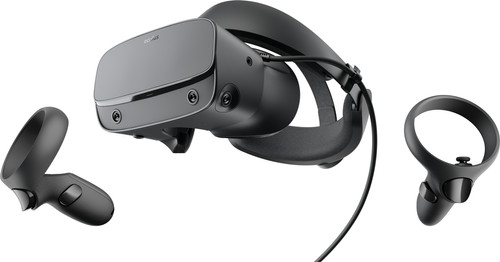
The Rift S requires a computer to run. Some concessions were made to the display in order to keep costs low, but it’s still very much suited for training in XVR On Scene. As with all HMDs compatible with On Scene, you will be able to pick up objects and interact with them. The playable area is significant and only limited by the headset’s power cable.
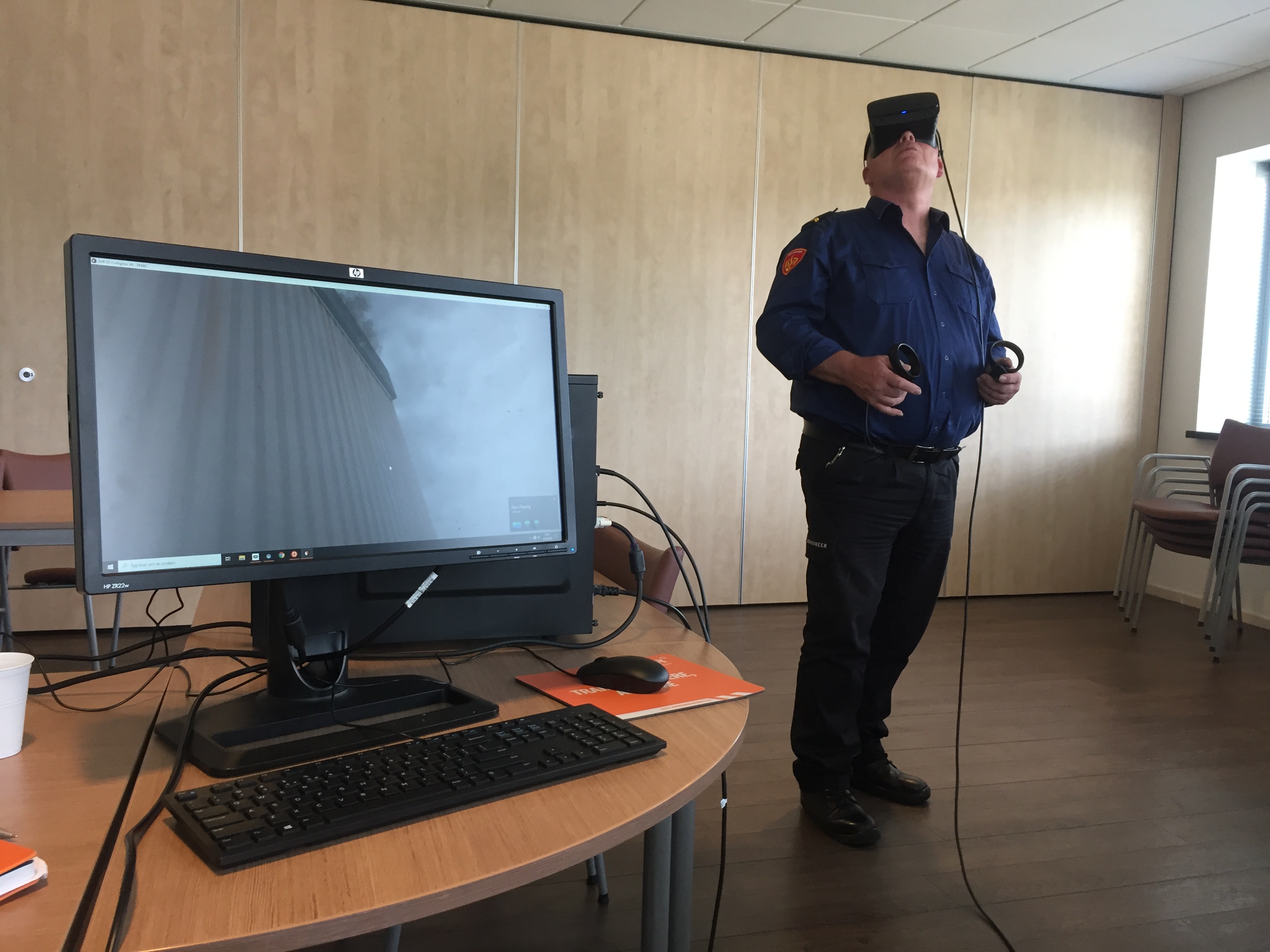
HTC Vive
Like the Oculus Rift S, the HTC Vive is a mid-range HMD, although the Vive is significantly older. The HTC Vive offers more or less similar graphical quality to the Rift S. The biggest difference between the two is the way your location is being tracked. The Vive’s trackers need to be installed at two corners of the training area, setting up an area of maximum 3,5 x 3,5 meters to walk around in the On Scene World.
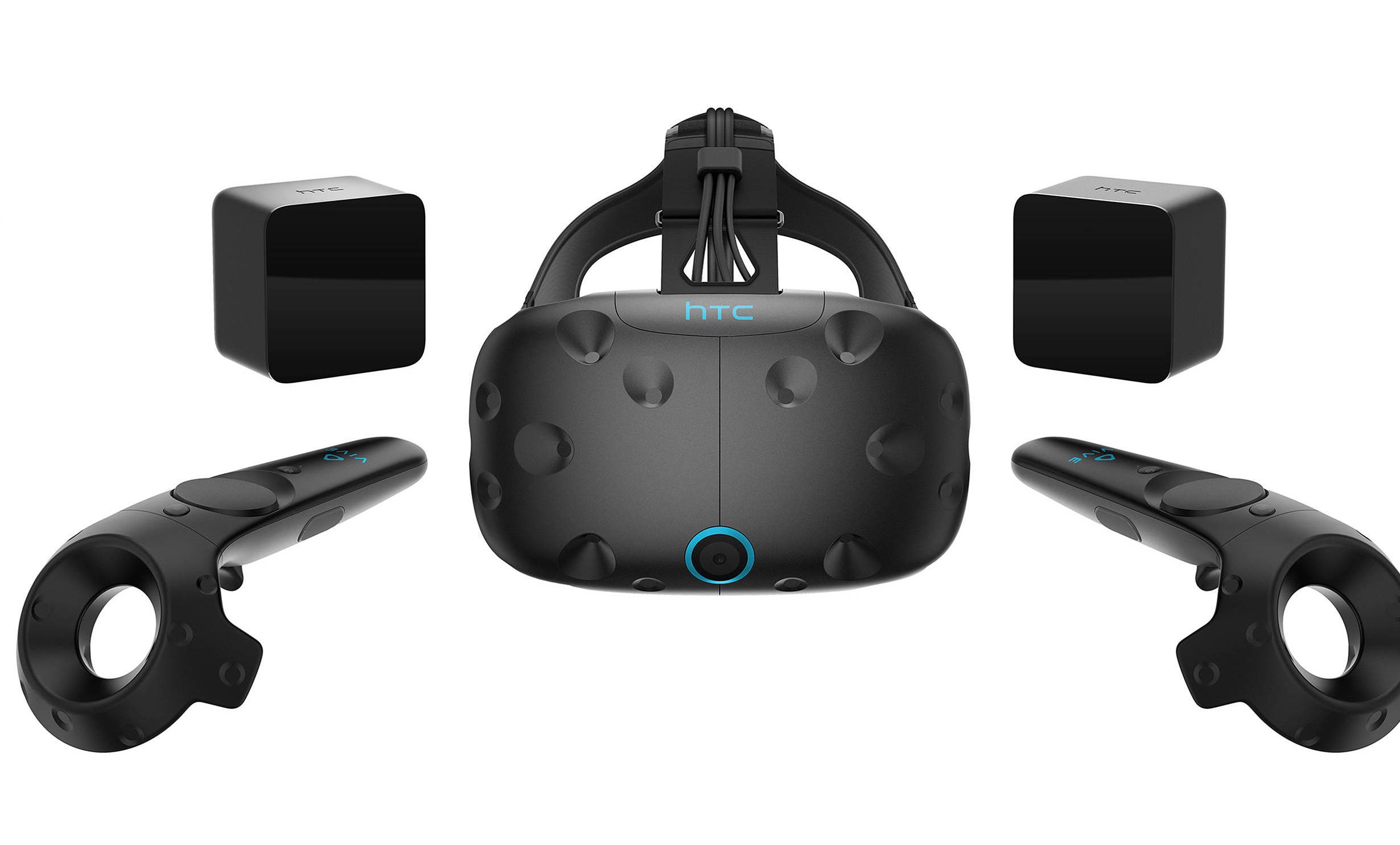
The HTC Vive is a bit more expensive then the Rift S. While the Vive supports some other features like the Vive tracker to track physical objects in the virtual world, we feel the integrated trackers of the Rift S offer a big advantage, for a lower price.

HTC Vive Pro
The Vive Pro is an upgraded version of the regular Vive and a high-end HMD. With a greater resolution and a better framerate the visuals of the Vive Pro are a clear step up from the Vive and Rift S. This results in better immersion and a lower chance of getting nauseous (chances vary from person to person).
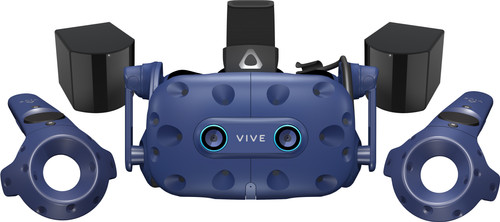
The playable area is also larger than that of most HMDs, especially after expanding with some extra ‘lighthouses’ (location trackers), which will allow you to set up an area of up to 7 x 7 meters. The Vive Pro is also expandable with the Vive Tracker, just like the HTC Vive.

Valve Index
The Valve Index is relatively new to the HMD market, but is already making a name for itself as the new standard in high end VR. We already had a go with the Valve Index and we are really excited about it. Great graphics combined with very well executed audio offer the student unparalleled levels of immersion. The controllers offer finger tracking and measure how much pressure you apply to them. Finger tracking is not yet supported in the XVR Simulation Platform.

Naturally, all of this comes at a cost. The Valve Index is currently one of the most expensive HMD on the market. However, if you decide on purchasing the Valve Index, you will be set for the coming years.
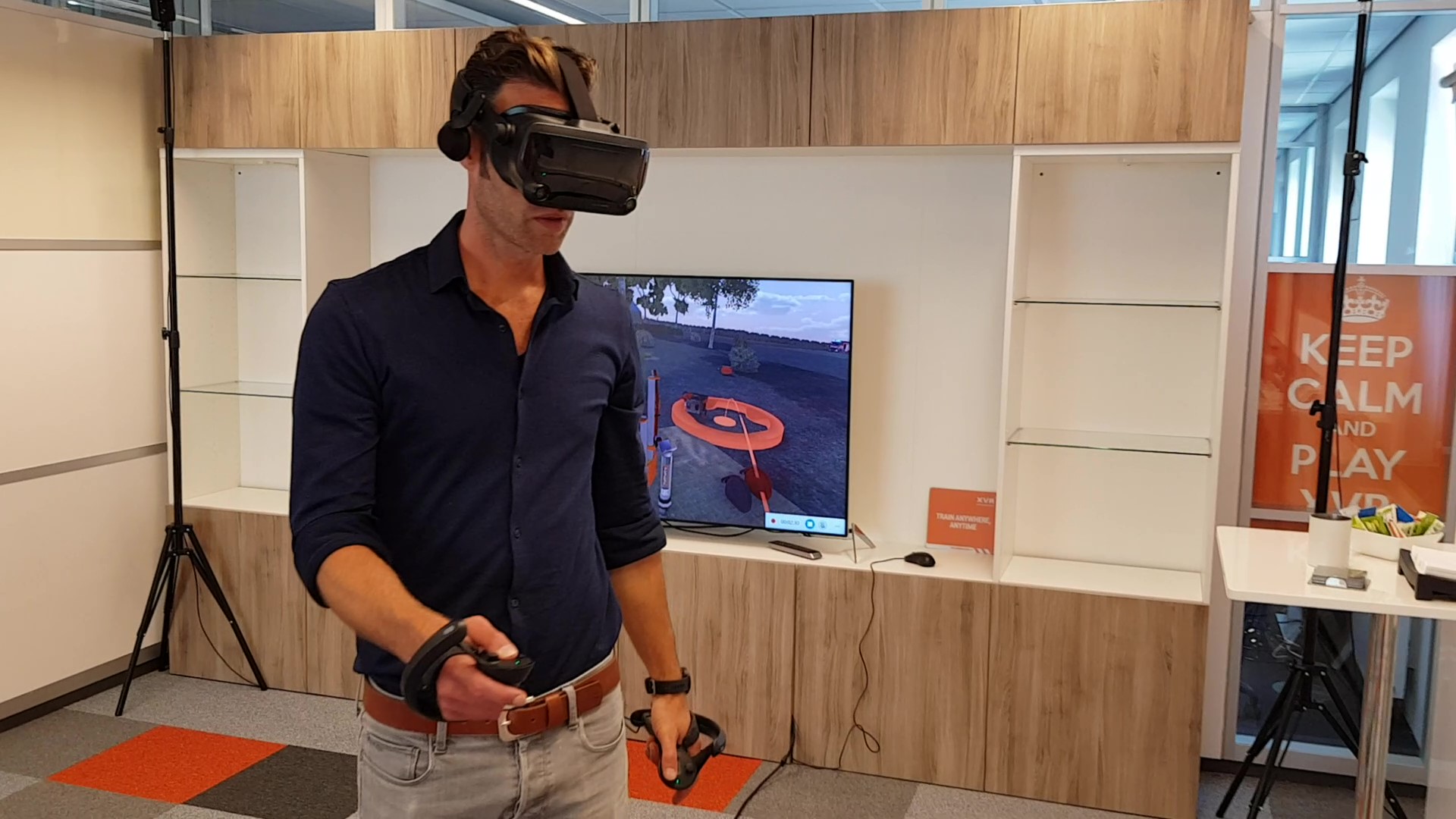
Conclusion
Choosing an HMD eventually comes down to your needs and budget. There’s some good options out there, for every training set-up. If you wish to better prepare your students before coming to the exercise, the Oculus Go combined with XVR 360 will be the way to go. If you want to have a cutting edge solution in a designated area, you are better off with the Vive Pro or Valve Index. XVR Simulation supports all of the above mentioned devices, so whichever you end up using, you’ll be able to train with XVR. Please get in contact with us if you need any advice on which HMD to choose.
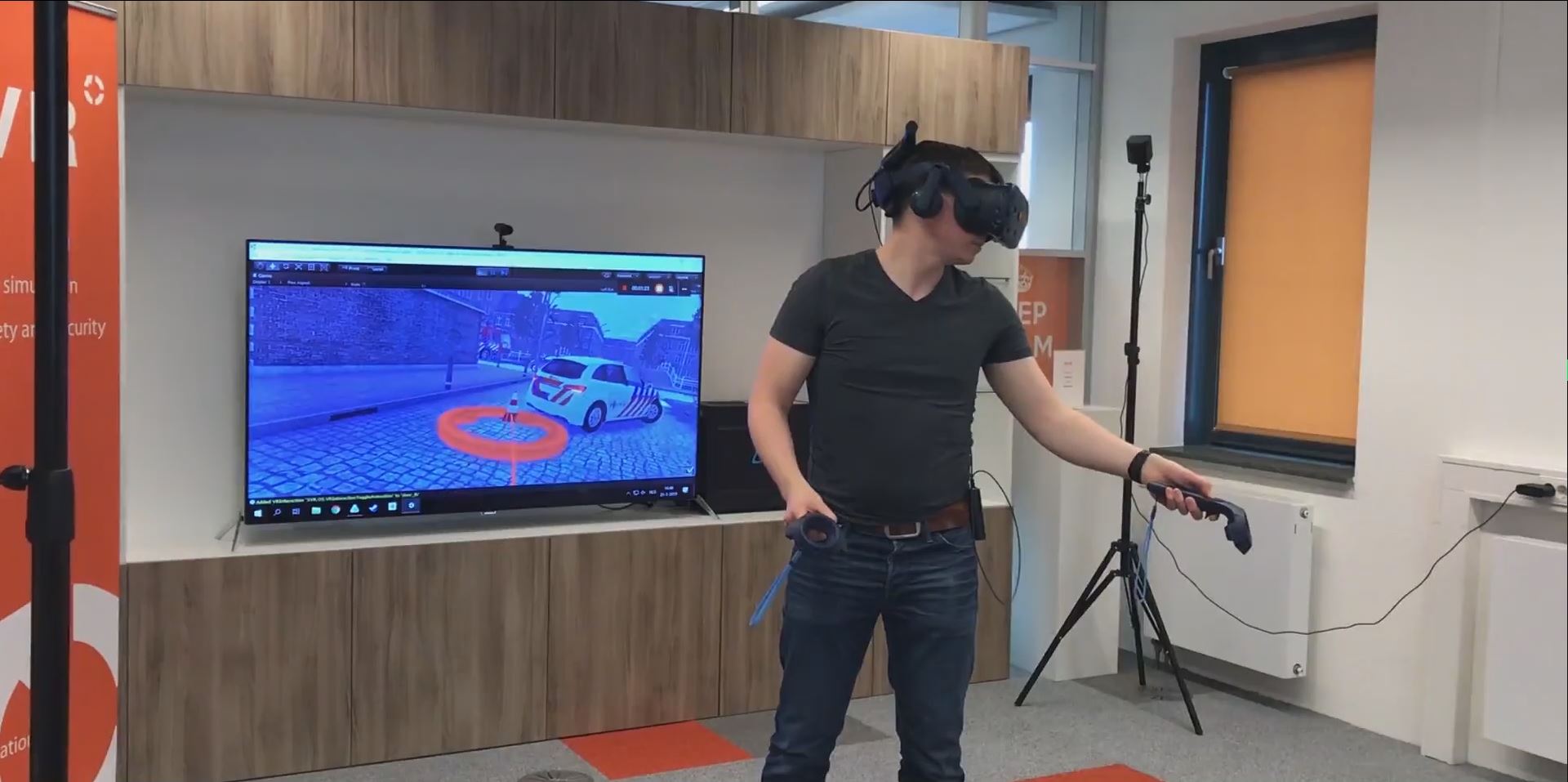

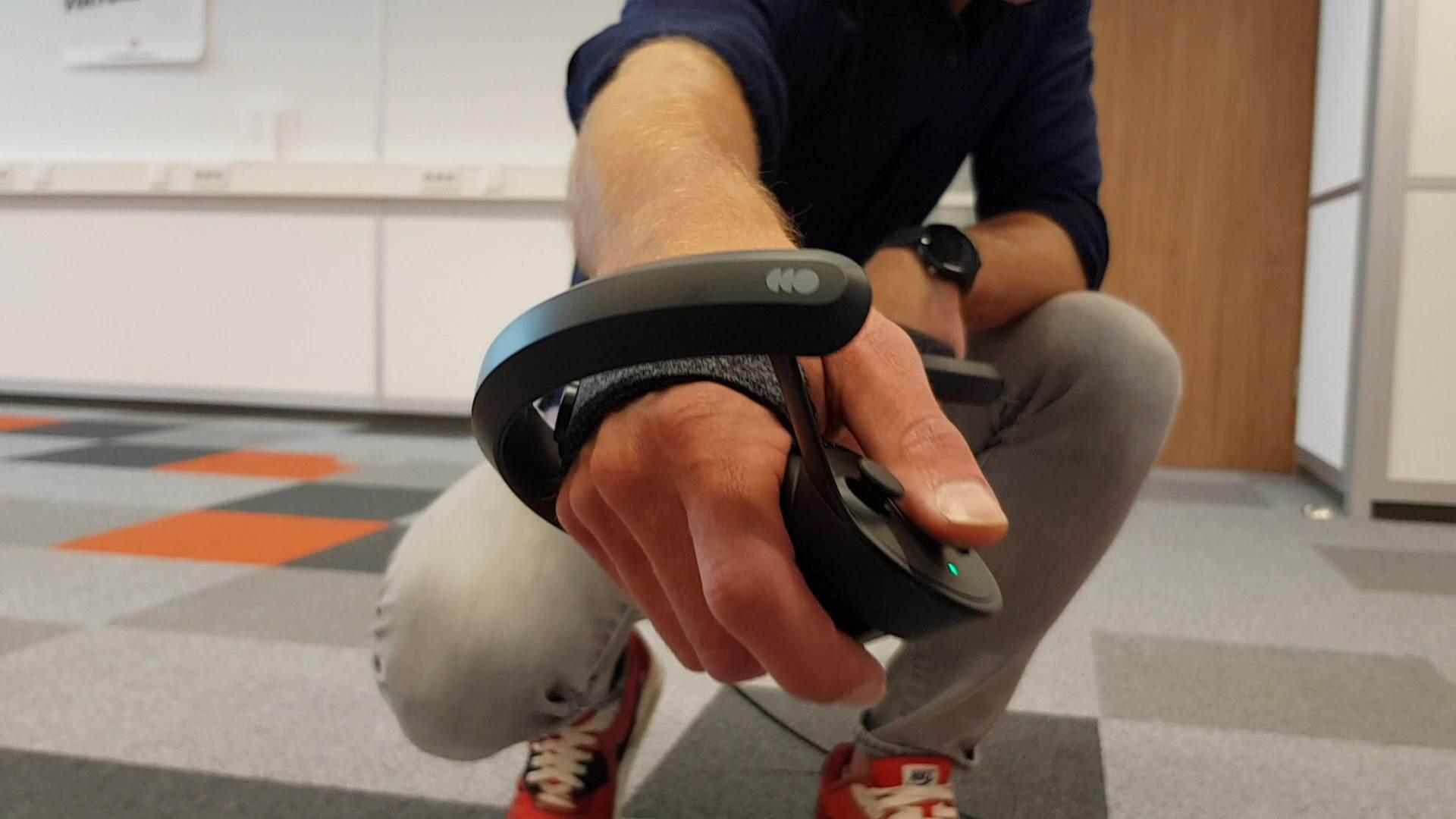


.png?resolution=400x375)